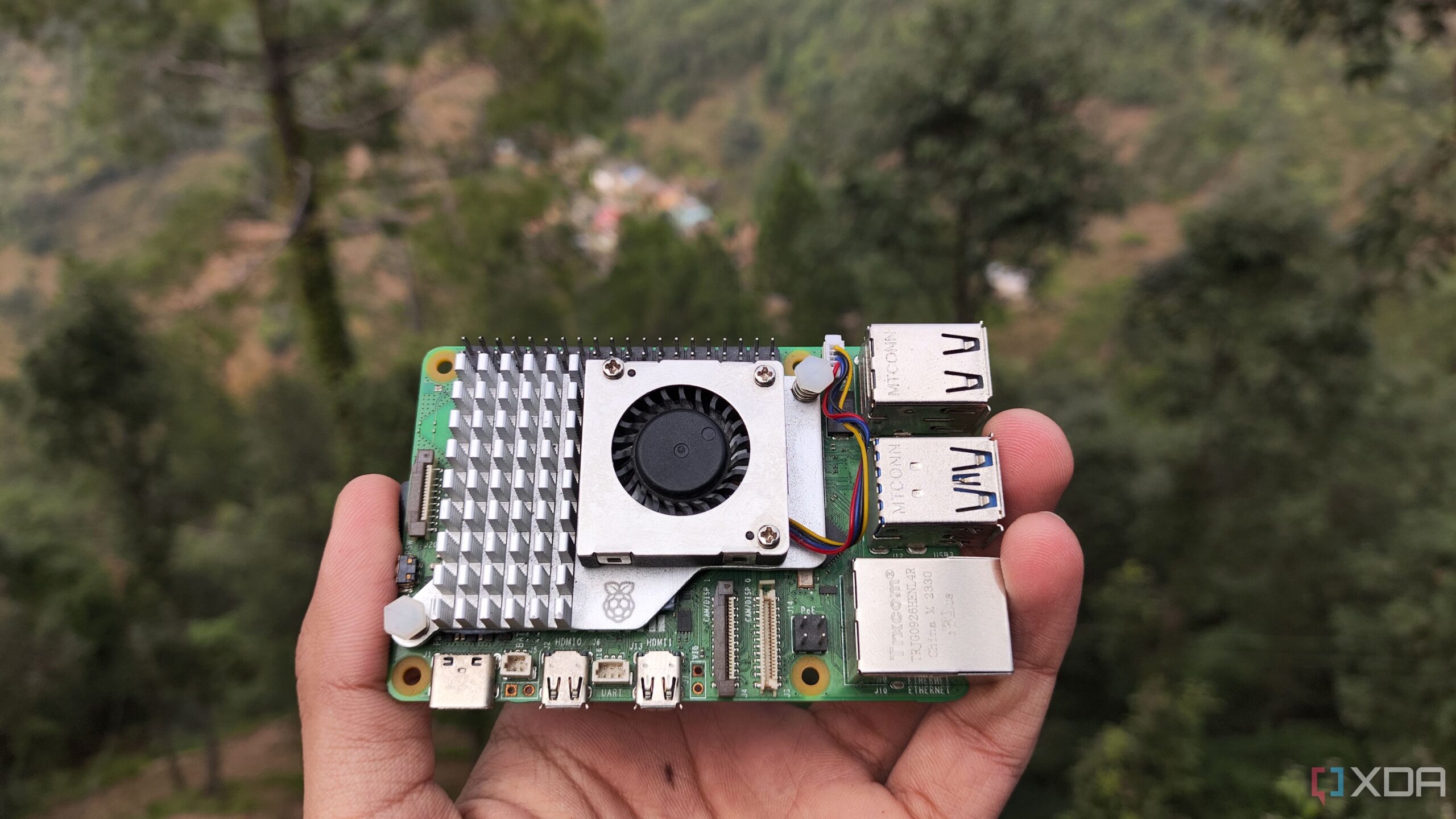UPDATE: The landscape of DIY computing is shifting dramatically as affordable mini PCs threaten the dominance of the Raspberry Pi, a staple for tech enthusiasts since its launch. This urgent development comes as new reports confirm that mini PCs powered by Intel’s N100 CPU are available for as low as $120, raising serious questions about the future of Raspberry Pi in the DIY community.
The Raspberry Pi lineup has been a gateway for countless tinkerers, offering low-cost solutions for learning and experimentation. However, the latest Raspberry Pi 5, released in July 2023, has seen a price increase to $60 for its base model, with the price of essential accessories driving total costs even higher. Once heralded for their affordability, Raspberry Pis now face stiff competition from the rapidly dropping prices of mini PCs.
What’s driving this change? While the Raspberry Pi 5 features a respectable 4GB of RAM, its ARM Cortex-A76 processor is becoming outdated compared to the more powerful x86 architecture found in mini PCs. The new crop of mini PCs not only offers better processing power but also superior compatibility with popular operating systems, including Windows 11 and Proxmox, which are not fully supported on Raspberry Pi.
The urgency is palpable; with consumers increasingly opting for low-cost mini PCs that deliver better performance, the Raspberry Pi’s reign as the go-to single-board computer (SBC) is at risk. Many users are finding that for just a slight increase in cost—often only $10-20 more than a Raspberry Pi after factoring in accessories—they can acquire a mini PC that outperforms the Raspberry Pi 5 on several fronts.
While the Raspberry Pi still holds value for specific projects, particularly for low-power setups and GPIO-heavy applications, the landscape is changing rapidly. For instance, the Raspberry Pi Zero, available for $15-20, remains a budget-friendly option, but for most tinkerers, the appeal of more powerful and versatile mini PCs is undeniable.
As the demand for affordable computing solutions grows, developers and hobbyists alike are urged to consider mini PCs as a viable alternative to Raspberry Pi. With their superior performance, lower total costs, and better OS compatibility, these devices are redefining what it means to tinker.
What happens next? Tech enthusiasts are closely watching this trend, with many experts suggesting that the Raspberry Pi Foundation may need to rethink its pricing strategy and product offerings to maintain relevance in a competitive market. For those involved in the DIY community, this is a pivotal moment that could shape the future of computing for years to come.
Stay tuned for further updates as this story develops, and be sure to share your thoughts on the shifting landscape of DIY computing!
